What is a digital system and how do digital systems help us? (Years F-2)
Digital systems are all around us. Providing students with opportunities to understand what digital systems are and how people use them for different purposes is very important in the early years of schooling.
Additional details
| Year band(s) | Foundation, 1-2 |
|---|---|
| Content type | Lesson ideas |
| Format | Document |
| Core and overarching concepts | Digital systems, Computational thinking |
| Australian Curriculum Digital Technologies code(s) |
AC9TDIFK01
Recognise and explore digital systems (hardware and software) for a purpose
AC9TDI2K01
Identify and explore digital systems and their components for a purpose |
| Keywords | digital systems, DTiF, dtif, DTIF, ACARA |
| Integrated, cross-curriculum, special needs | Digital Literacy, Literacy |
| Organisation | Australian Government Department of Education and Training |
| Copyright | Australian Government Department of Education and Training, CC BY 4.0 |
Related resources
-
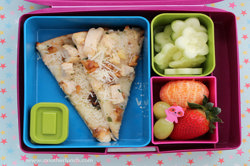
Acquiring data and representation: What’s in your lunchbox?
The type of fruits and vegetables in school lunchboxes or those eaten at crunch and sip or fruit break time can provide a good source of data for a classroom investigation.
-

Computational thinking poster
A poster/infographic that gives a brief overview of the concepts related to computational thinking.
-
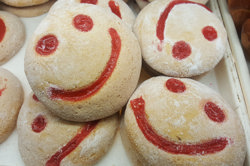
Understanding algorithms and the smiley face biscuit challenge (Years F-2)
Algorithms are a key concept in Digital Technologies. They help us follow, describe and represent a sequence of steps and decisions needed to solve problems.
-
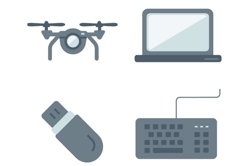
Digital systems cards
These cards can be used for activities to support building knowledge and understanding of digital systems with a focus on the components of digital systems; in particular, hardware and peripheral devices.
-
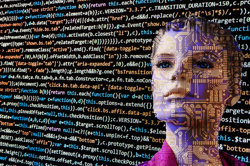
Robots, data and computational thinking (Years 2-4)
This classroom resource comprises four worksheets to accompany a lesson on data and computational thinking. These materials are designed for teachers to use simple line-following robots (Ozobots) to engage students in the computational thinking process and working with data.
-

Data interpretation: organise data by classifying, grouping and sorting objects
To sort and classify familiar objects, students use computational thinking skills to organise data in a logical way.
-
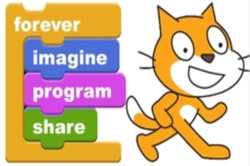
Computing at School: Resources
Browse the curriculum resources which are tried and classroom tested resources submitted by primary teachers to support Computing for early to middle primary school. Requires free registration.
